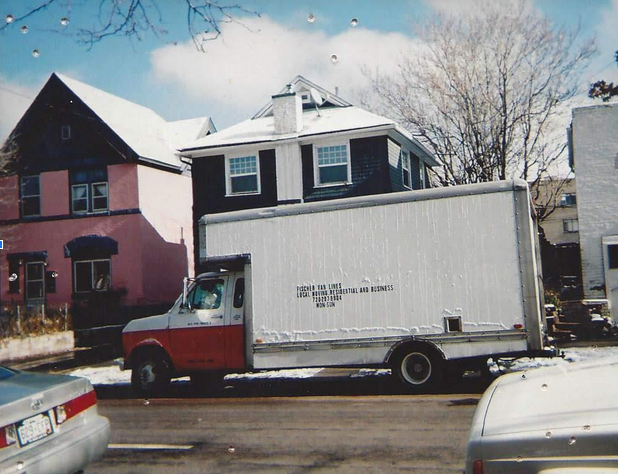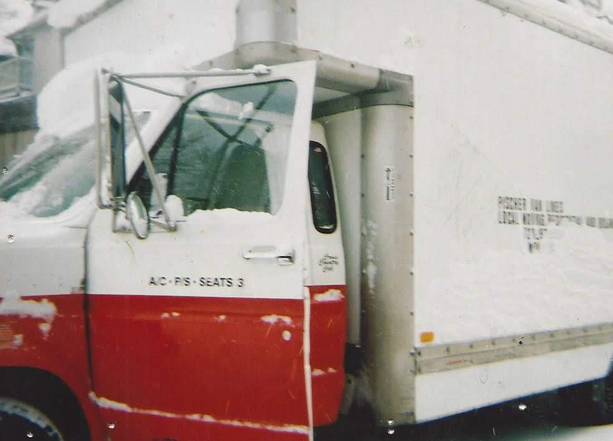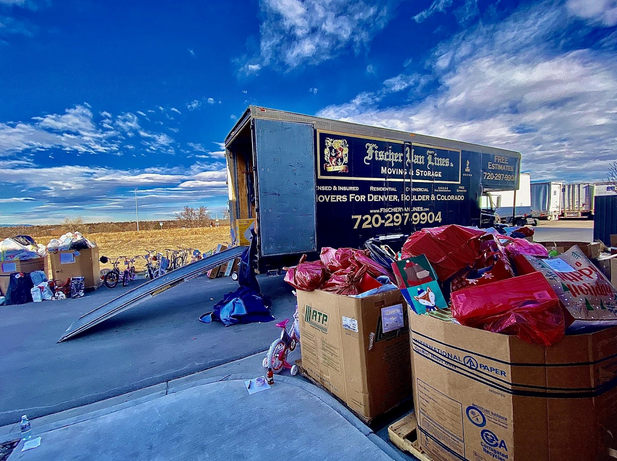Smart Winter Moving Tips to Make Your Cold-Weather Move Easy

Winter’s for hot chocolate, not for grueling moves in sub-zero weather. But, what if we said moving in Winter offers some hidden benefits?
For starters, it’s the cheapest season to move. In Winter months like January and February, local movers and rentals slow down. For a consumer, you get to move faster and at a more affordable rate.
But, people don’t move in the colder season for a reason. It can be tricky, and even dangerous. If you need to move, here’s how to prepare with our top Winter moving tips.
Why Moving in Winter Can Be a Smart Choice
Again, moving during this time has its benefits. Every Winter, movers see a declined interest in moving. That’s good for our customers because we do offer discount, competitive prices to attract new customers. There’s more than just price too. In colder months, you get more flexibility when choosing your time slot. If the move is urgent, Winter works because you’re more likely to get same-day or next-day appointments. Your move itself will also be quicker. For those moving from busy apartments or high-foot traffic areas, the cold means less people getting in your (or our) way.Essential Winter Moving Tips
With 20 years of moving in the harshest weather, we interviewed our team for some their favorite Winter tips and tricks. Here are 7 Winter moving tips that we use every year when it starts to snow.Keep an Eye on the Weather
Here’s a common moving mistake: you aren’t checking the weather enough. Professional movers check more than just for rain or snow. Instead, they look at wind, humidity, visibility, and sunset/sunrise too. All of these factors determine which equipment or preparation you need. Examples: If there’s high moisture in the air, your belongings need to be packed more tightly. If there’s low visibility, we’ll need to prepare lights and extra padding for your items.Clear Driveways and Walkways
One of our most practical tips: always salt your driveway before it’s going to snow or rain. This helps prevent the ground from freezing over. Most homeowners can use standard rock salt available at their local supermarkets. Some property managers and landlords can even salt the floor for you, depending on your lease. Bonus tip: If you don’t have salt on hand, use a shovel to clear fresh snow as soon as it falls. It’s much easier to handle soft snow before it accumulates and hardens. Consider working with a friendly neighbor to take turns shoveling snow.Protect Floors and Furniture
Even when you’re prepared, the colder seasons are rarely mess-free. Movers deal with snow, slush, and mud all season long. And, even the salt they use can make its way inside, straining floors, carpets, and furniture. The best way to protect floors and furniture is to lay down a protective barrier. Our teams provide extra tarps when we move in the Winter. For a budget-friendly option, you can use cardboard or newspaper layers at key areas in your house like walk ways and entry ways.Dress in Layers and Stay Warm
The Winter cold can be absolutely brutal. To stay warm, layer up. Start with compression shirts, pants, and socks, and layer on. Don’t forget hats, gloves, and masks too. Look for clothes labeled as thermal, heat-tech, and waterproof. Bonus tip: Especially for bigger projects like moving a house in the snow, you need a warm place to recharge. Always set up a “warm room”. That’s a room or truck equipped with space heaters, kettles, and plenty of warm blankets so you can recharge quickly.Prepare Your Car for Winter Travel
Car or truck preparation matters, especially in the Winter. Here’s the prep checklist we use before every move: check the tires, top off anti-freeze, and re-stock our winter kits. Curious what’s in our Winter kit? To prepare for unexpected snow and ice, you’ll want to have a scraper, flashlight, shovel, blankets, tire chains, bottled water, and snacks.Protect Fragile Belongings from the Cold
The cold can actually make your fragile belongings even more delicate. The cold, dry air slows down molecular movement, making materials less bendy and more brittle. This applies for wood, ceramics, glass, and even electronics with glass screens like phones and tablets. To protect your fragile items, wrap them in extra bubble wrap or padded materials for insulation. We’ll also keep belongings in a temperature-controlled space by using portable heaters, blankets, or insulation padding. This can help prevent temperature shock, which can also damage fragiles.Schedule Utilities in Advance
Trust us, you don’t want to move and have no utilities on day one–especially when it’s freezing cold. We always recommend setting up utilities 1 or 2 days before arriving at your destination. Your priorities will be heat, water, and electricity for those shorter, colder Winter days.

Extra Tips for Moving House in the Snow
Need extra tips? Here are some tips we’ve been sharing with our clients to prepare for the colder season:- Use plastic containers instead of cardboard boxes to prevent water damage.
- Start your move early in the morning to maximize daylight.
- Always plan an alternative route in case of bad road conditions.
- Full-charge all devices, including phones, portable chargers, and GPS units
- Leave a thermos of hot drinks in the car or truck, caffeinated drinks can help




















